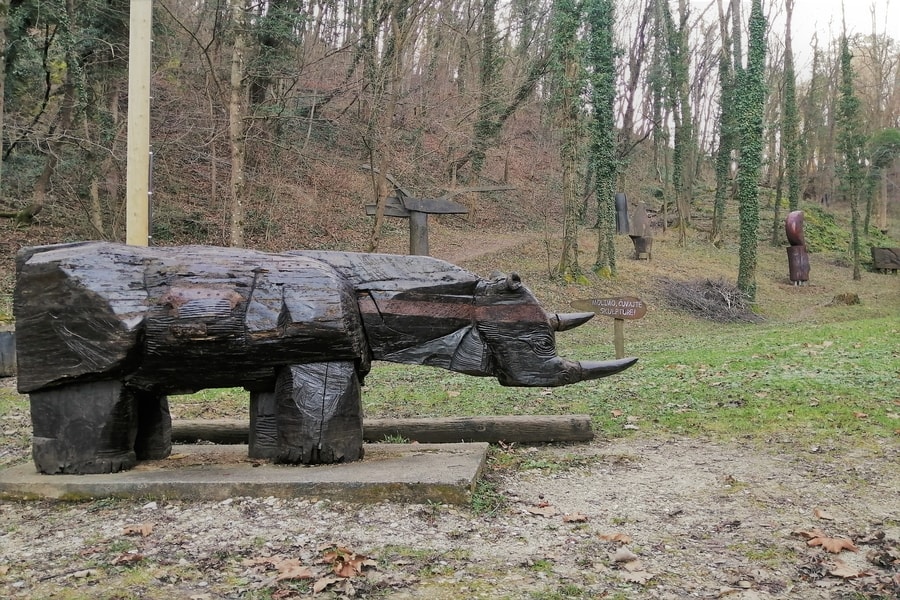July 27, 2020 - First mentioned in written documents in 1193; now, this city is full of cultural events. Check out where to hang with prehistoric men, discover legends, hike or relax in hidden cottages.
Welcome to Krapina!
The capital of Krapina-Zagorje County is in the northwestern Republic of Croatia. Around 12,500 people there wander through the streets of th hidden gem of Zagorje every day.
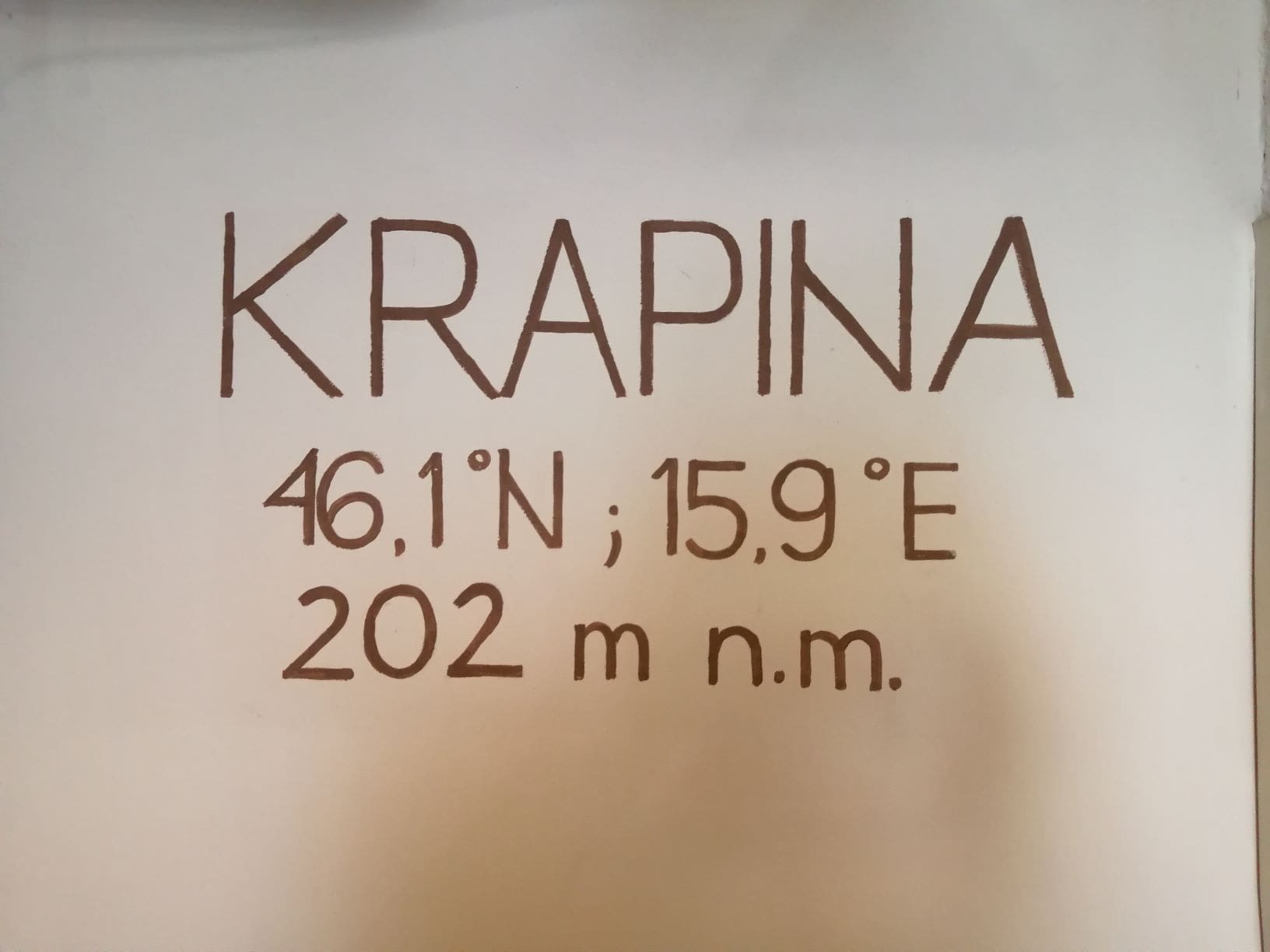
How to get to and around Krapina
If you are flying and want to visit Krapina, your nearest airport is Zagreb. The terminal is less than one hour away by car. You also have other international connection options within 2-3 hours – Ljubljana, Graz, Maribor. Please, be aware that Croatia still isn't a part of Schengen, so you will need to go through passport control.
The modern highway Zagreb - Macelj connects the City of Krapina with Zagreb at only 42.5 km and to the border crossing Macelj 17.0 km. The motorway provides very good connections to the western part of Slovenia (Celje, Ljubljana) at the Krapina junction, also to Varazdin (about 50 km), and further to Hungary.
Although there is a bus station, it doesn't offer many destinations. You can go to Zagreb every day (Monday-Friday) at 06:10 a.m., and back to Krapina from Zagreb at 04:30 p.m.
The primary way to get to and from Krapina is by train or car. Click here to check information about Krapina-Zagreb connection. Enjoy your ride of 39 km almost 3 hours long. Other possible destinations from Krapina, prices, and the rest information can be found here.
5 things not to miss
1. The old town of Krapina
A medieval burg on a steep rock overlooking the Krapinčica river valley is associated with the Legend of Ceh, Leh, Meh, and their sister Vilina. It is a story of the tragic love between a Roman officer and Vilina. She was punished by her brothers for her betrayal by being walled into a tower. The brothers, banished by the Romans, fled to the north, where they founded the Slavic countries of Czechia, Poland, and Russia. Through the years, this fortress changed many owners, be it by purchase, marriage, or a deed of gift. It was the residence of Counts of Celje, the Keglegović family, the Drašković family, with the last of the fortress masters the Lichtenberg and Ottenfels families. During the most savage Turkish attacks on Croatia (the end of the 16th century and the beginning of the 17th century), five sessions of the Croatian Parliament were held there. In the close vicinity, in the Holy Trinity Chapel, in 1405, attended by more than 400 of European kings, princes, and members of the nobility, an important ceremony took place – a royal wedding between Sigismund of Luxembourg, the King of Croatia and Hungary and Barbara of Celje and Zagorje. Archaeological excavation works proved the existence of humans living here as early as during the Bronze Age, at the time of so-called Urnfield Culture.
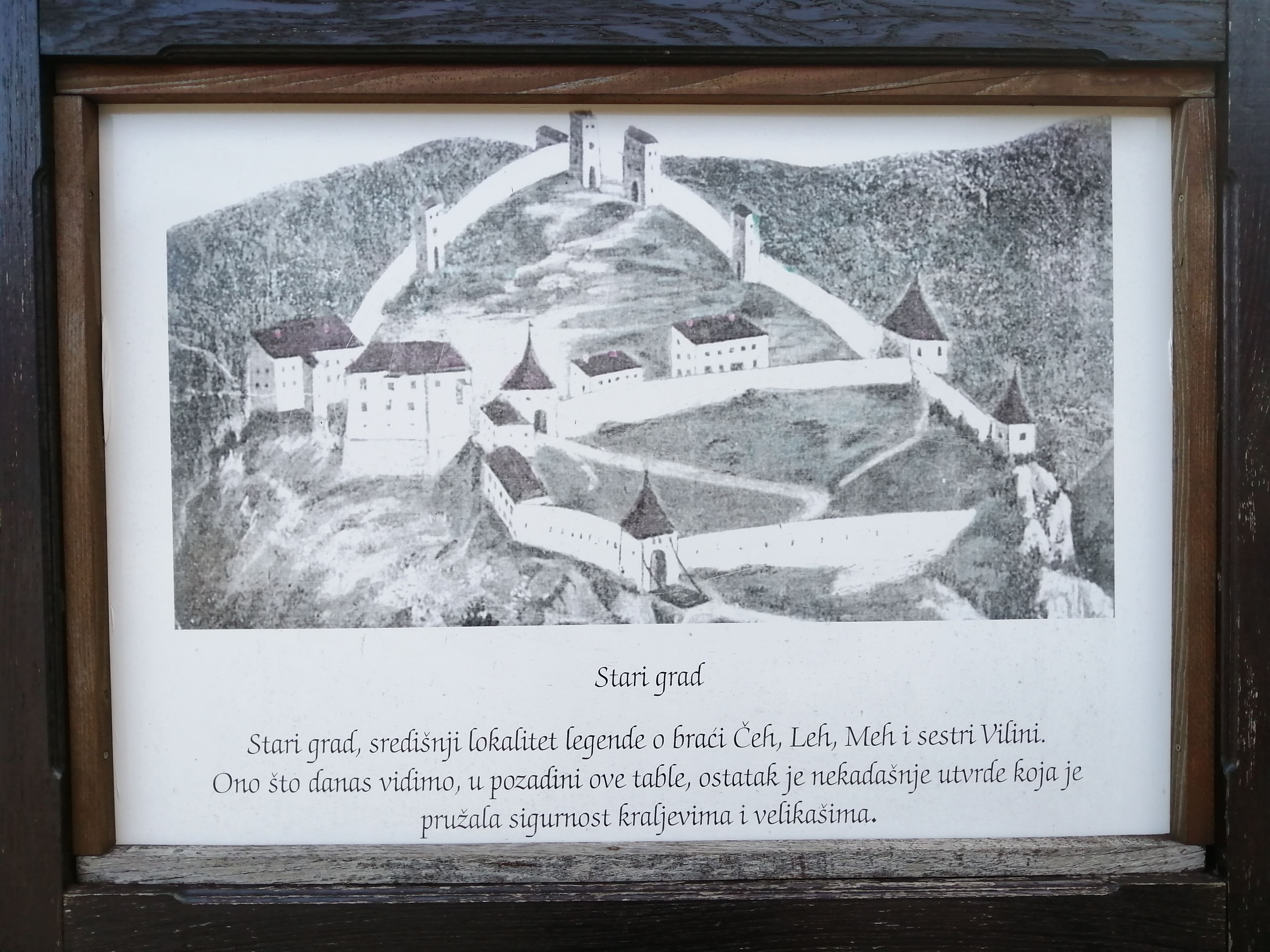
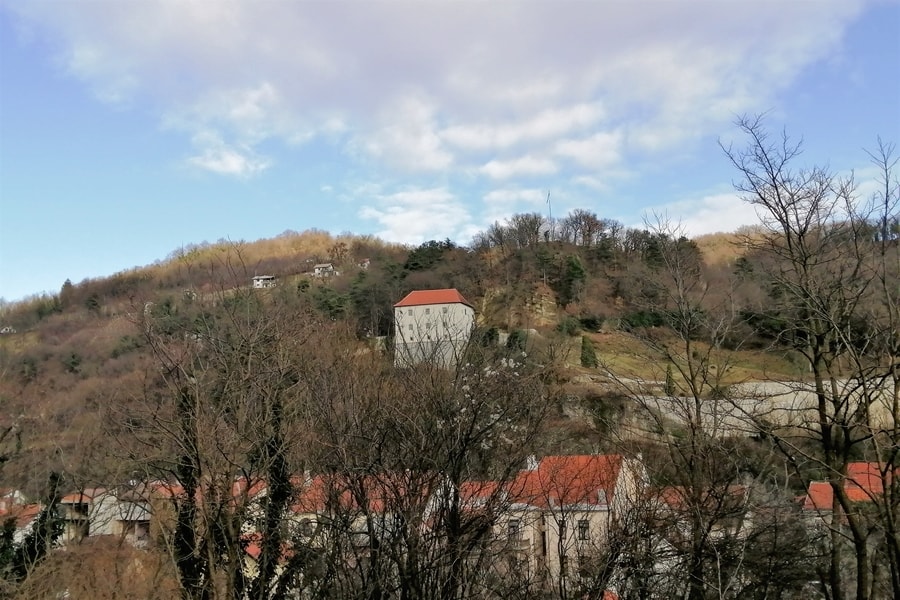
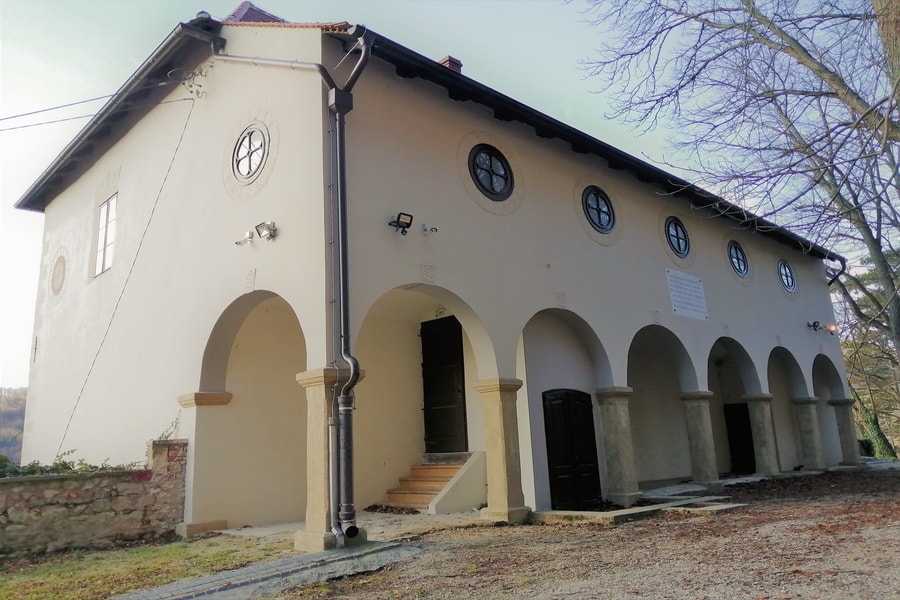
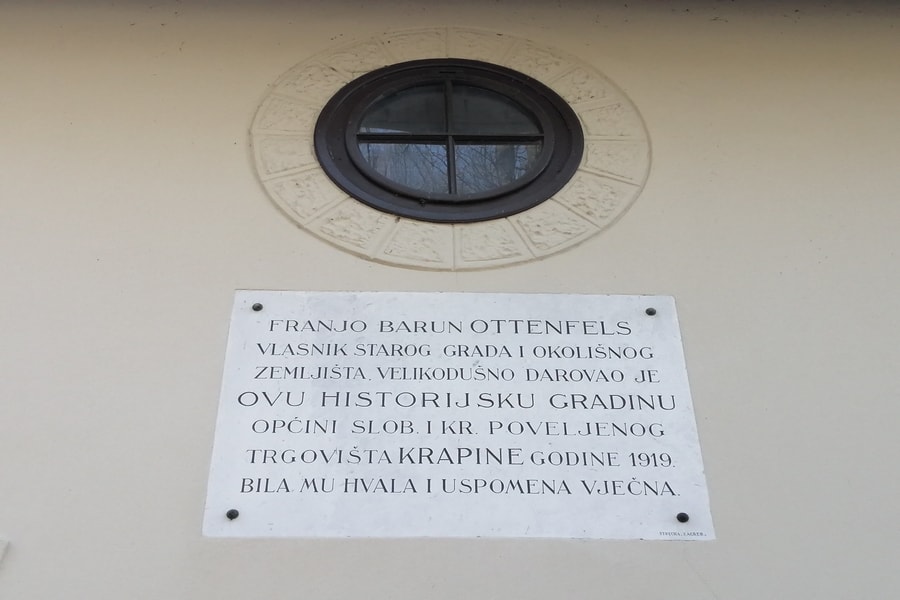
2. The museum of Krapina Neanderthals
The new museum of Krapina Neanderthals was opened in February 2010. With its multimedia display, it is one of the most modern and sophisticated museums in the world. The museum leads its visitors through various stages of the evolution of our planet Earth. From its oldest geological history with a recreation of the cosmic evolution (aka Big Bang) to the emergence of human civilizations and modern times. The reconstruction of everyday life and customs of the Neanderthals ends with a visit to their original habitat, the most renowned protected paleontological site in Croatia. It is a semi cave at Hušnjak Hill, where Dragutin Gorjanović Kramberger, a paleoanthropologist, discovered remains of „Krapina prehistoric men“.

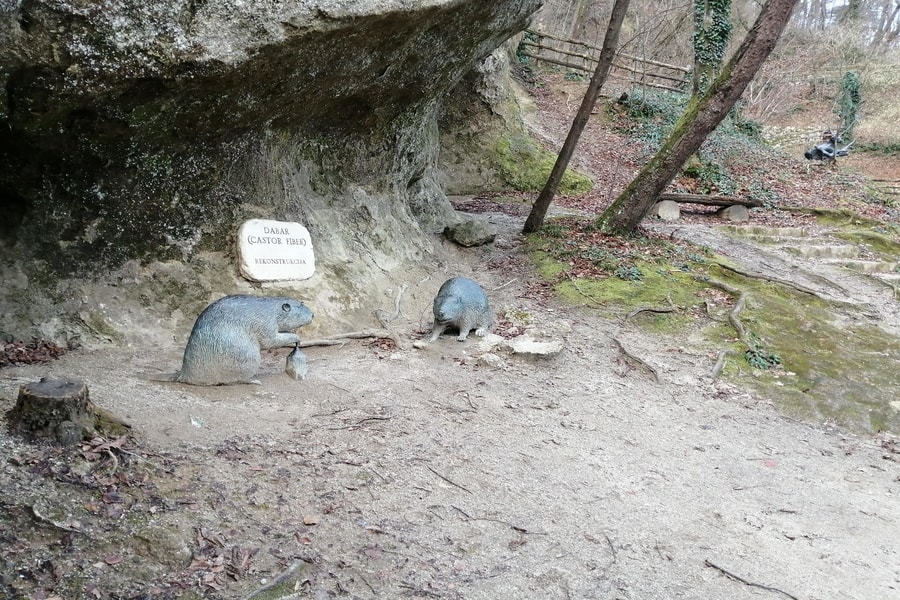
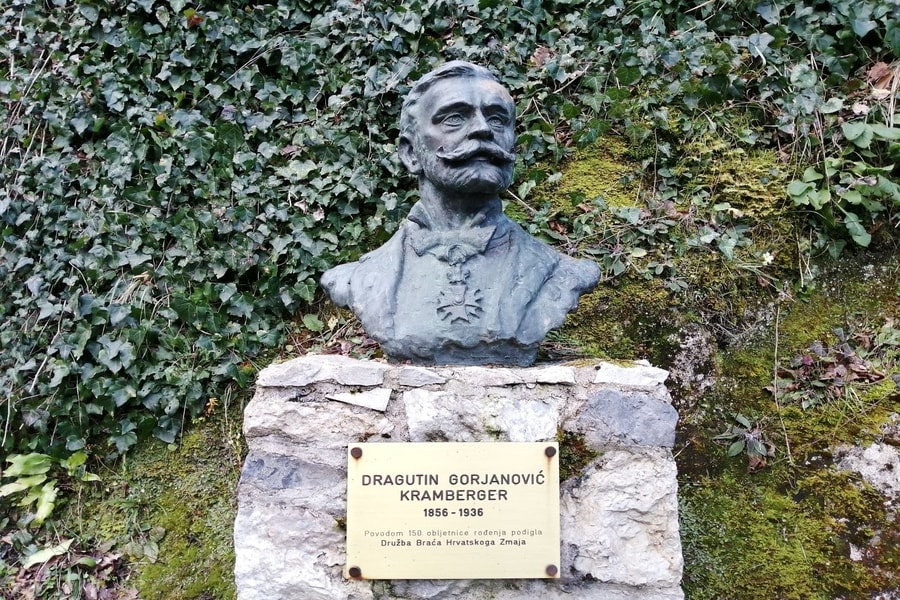

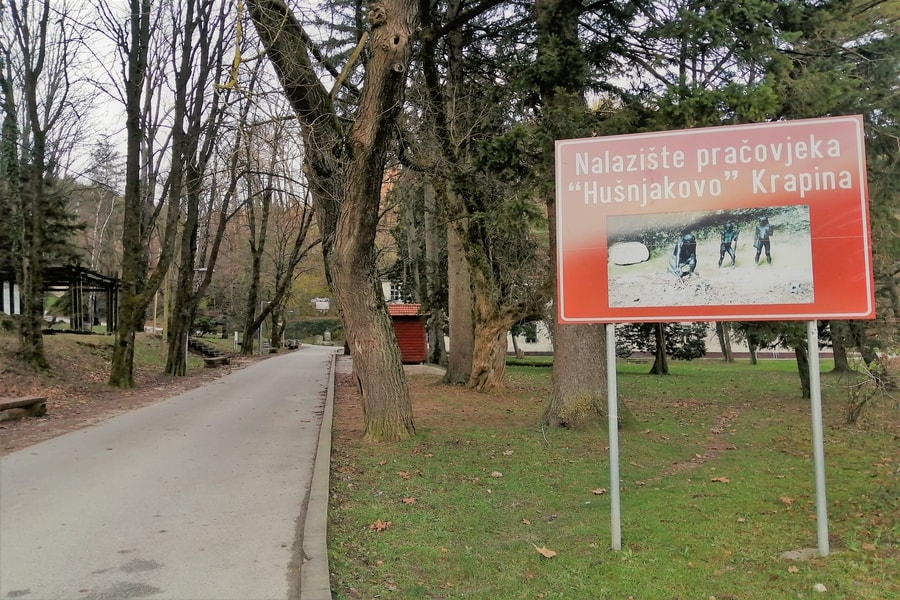

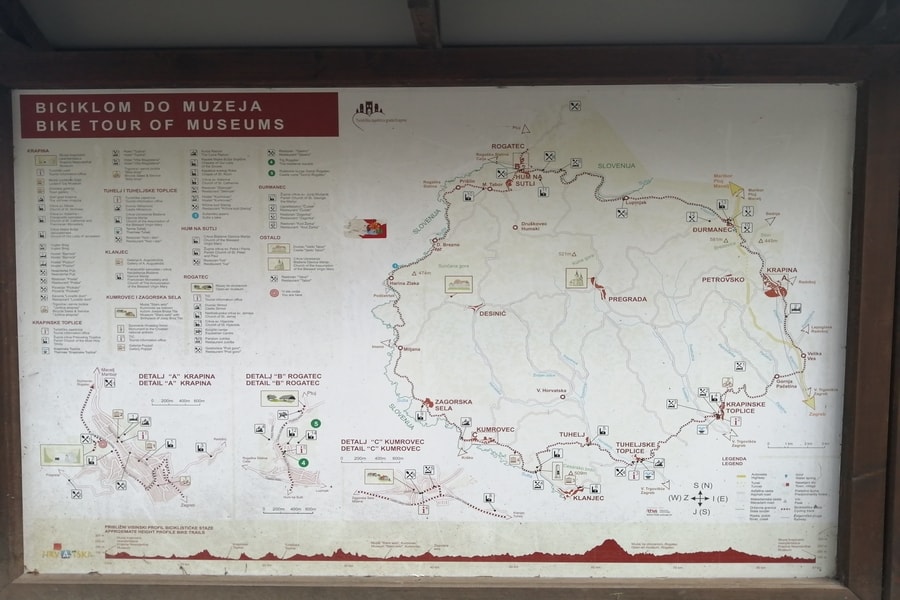
3. Festival of kaikavian culture
Fearing that the modern times will destroy the native traditions from which the cultural identity of Zagorje originates, a group of enthusiasts who cherish the word “kaj” and the Kajkavian tunes founded the Kajkavian Song Festival in 1966. Every year, in early autumn, the Festival of kaikavian culture is held with its numerous events celebrating the traditional Zagorje ways.
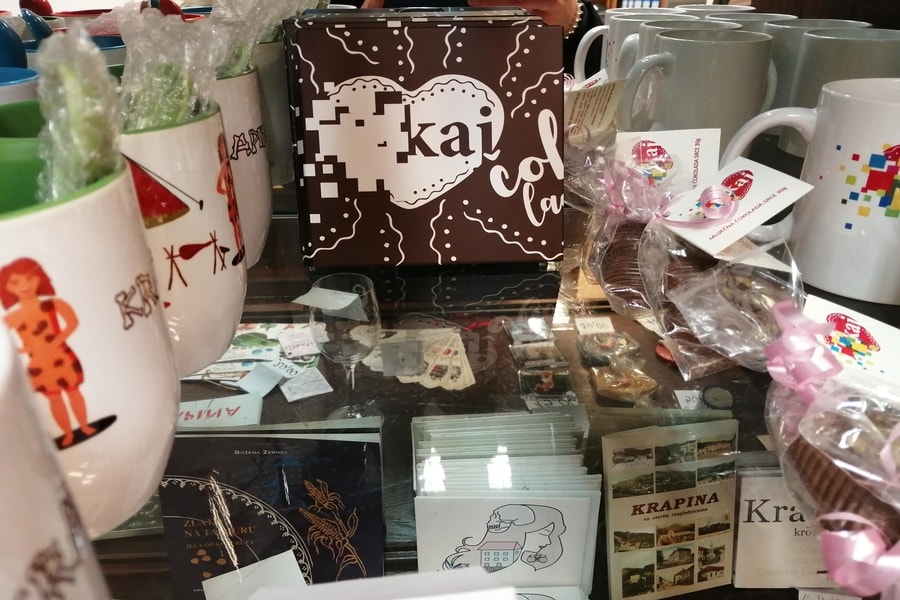
4. Votive Church of the Madonna of Jeruzalem
Krapina citizens and their donations built a well known Croatian pilgrimage shrine to the Virgin Mary and one of the most beautiful baroque churches in the country. It houses the miraculous statuette od the Madonna brought from Jerusalem. The construction works lasted from 1750 to 1761 when it was consecrated. Till today it has remained a famous pilgrimage destination, a votive place. Out of the complex of the church itself, there are unique Stations of the Cross, examples of primitive art, the work of Ivan Lovrenčić, painted by Eugen Kokot.
{youtube}2iTYzn_yXb8&feature{/youtube}
5. The Presečki Old-Timer museum
The Presečki Old-Timer Museum is the fulfillment of a dream long dreamt by its conceptual creator – Antun Presečki, a passionate old-timer vehicle enthusiast. Over 25 years of committed collecting and restoring of vintage vehicles are summarized and presented to the public on 1,100 m2 of exhibition area where visitors can dive into the history of the car and motorcycle culture.

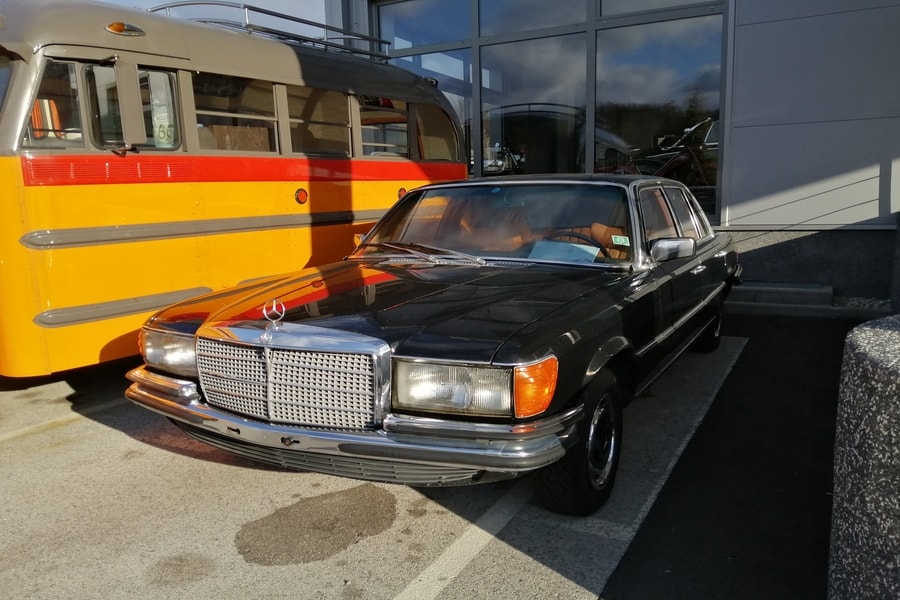
Where to stay
Winery, guesthouse & restaurant “Vuglec Breg”
The whole property covers an area of over 12 hectares, and from the top of approximately 300 m above sea level offers a magnificent view of the surrounding hills of Zagorje, decorated with houses, cellars, and churches. The renovated "Vuglec Breg" consists of several autochthonous Zagorje "houses" designed to accommodate guests, as well as an old farm building that houses a restaurant, a wine cellar, and a seminar room. Next to the first rows of vineyards, there is an arbor with a barbecue, bread oven, and summer terrace.
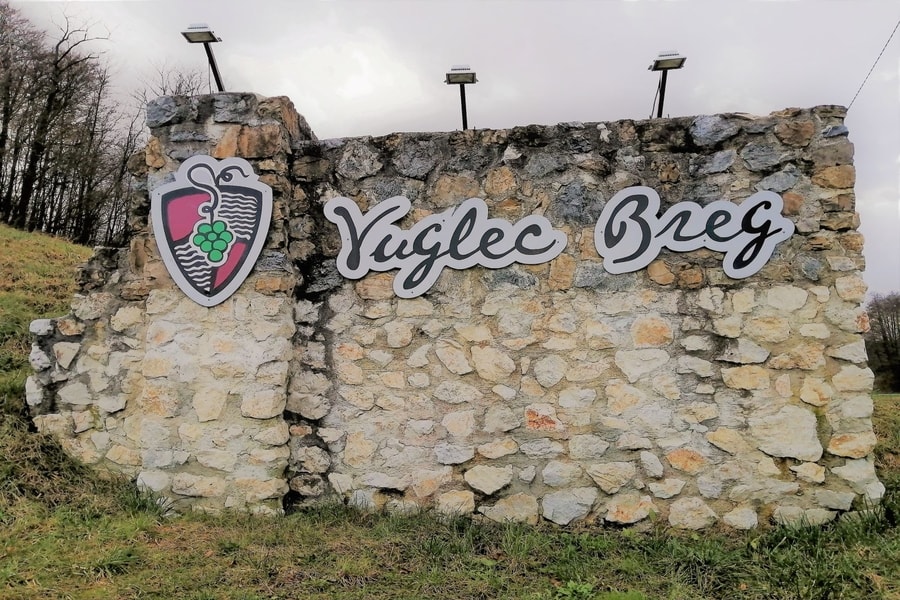
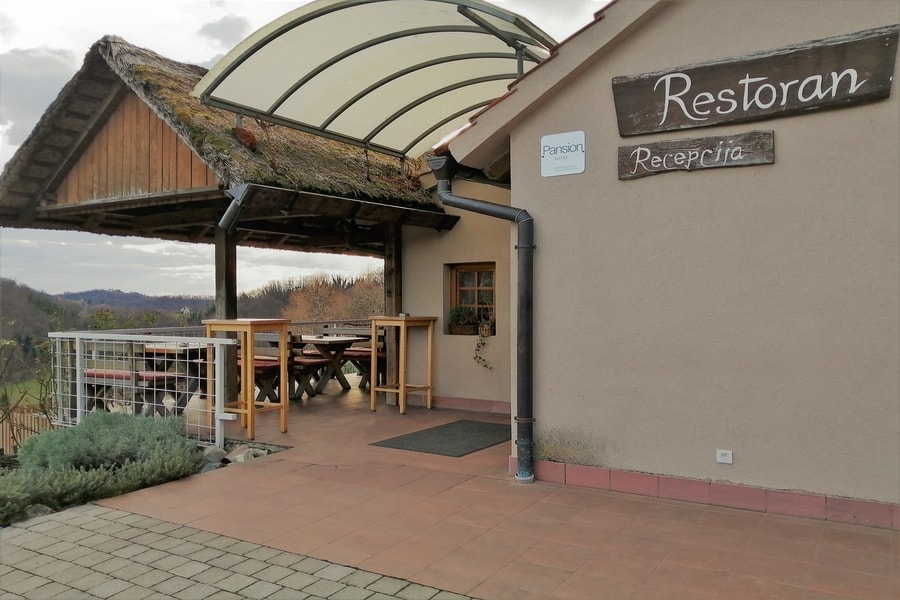
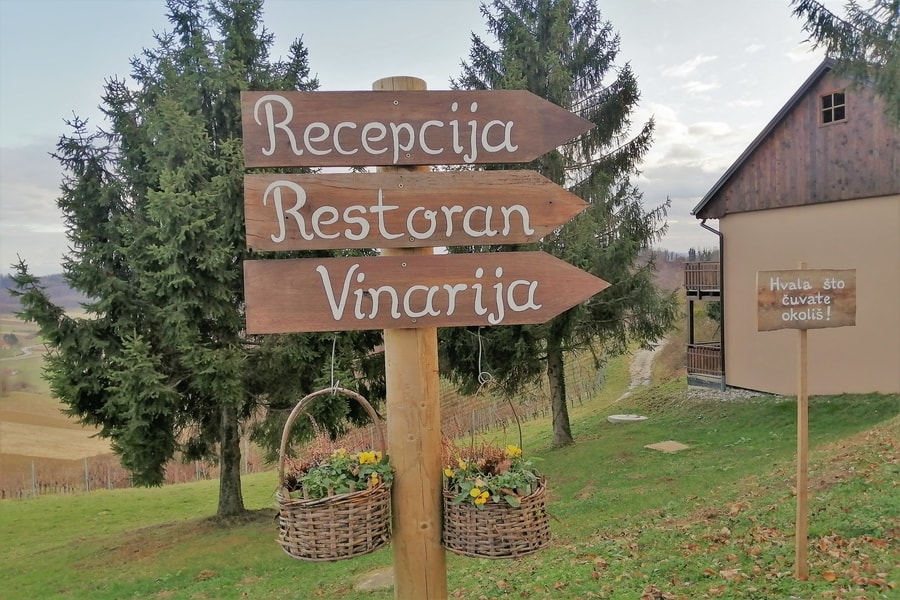
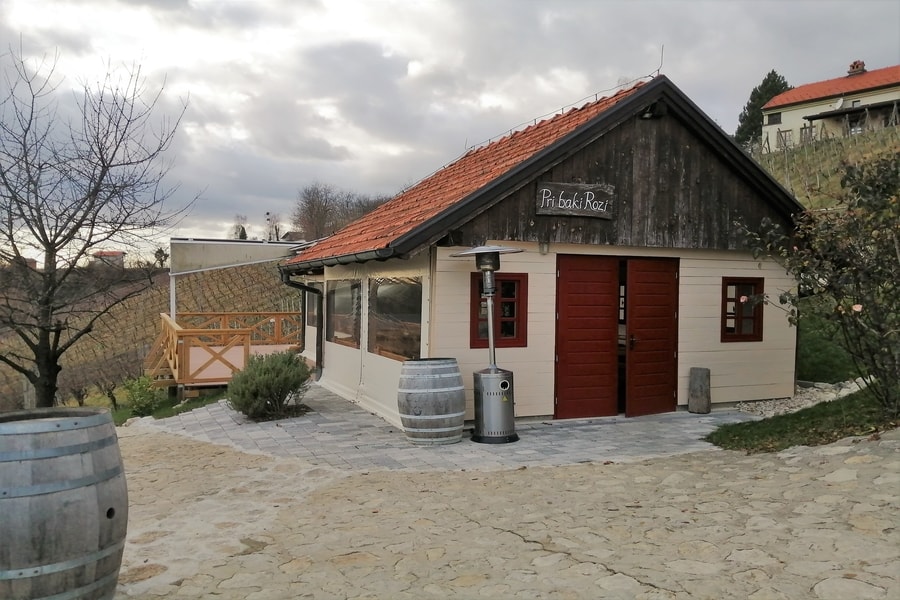
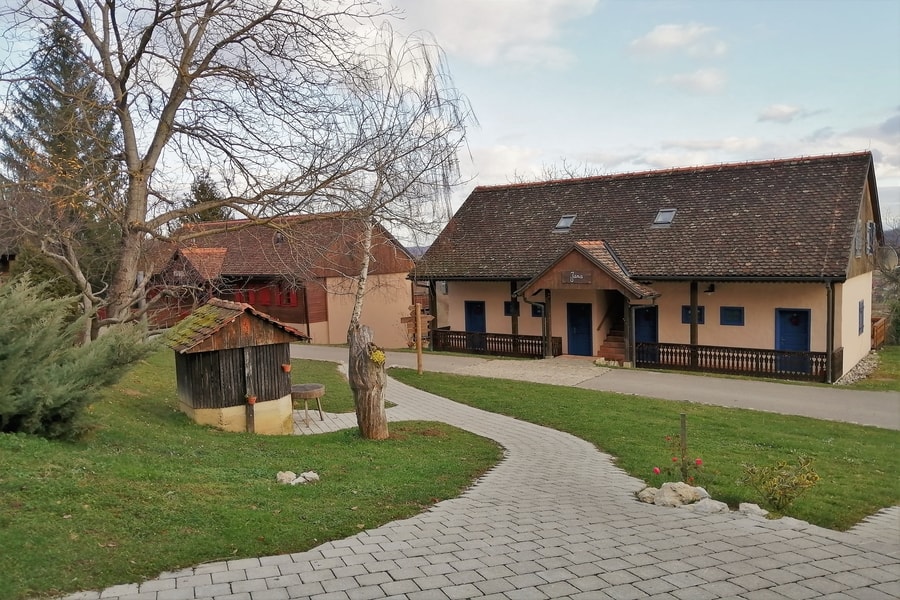
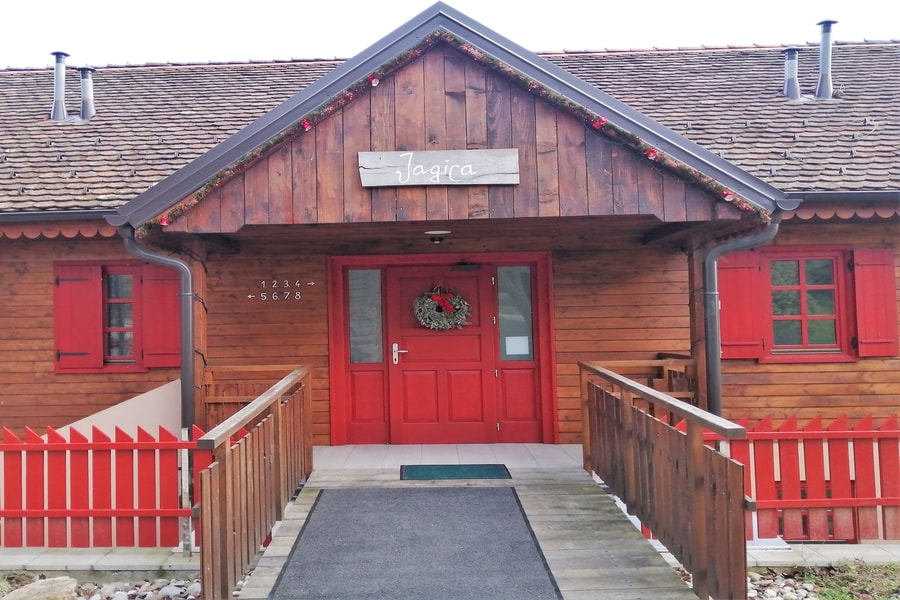
Klet Kozjak is a vintage restaurant with a perfect view of the forests of Zagorje. It is characterized by abundant and high-quality portions, which preserve the core of the local traditional food. Hidden from the city's crowd and daily stress, Kozjak accommodation offers you the opportunity to unwind and relax surrounded by nature.
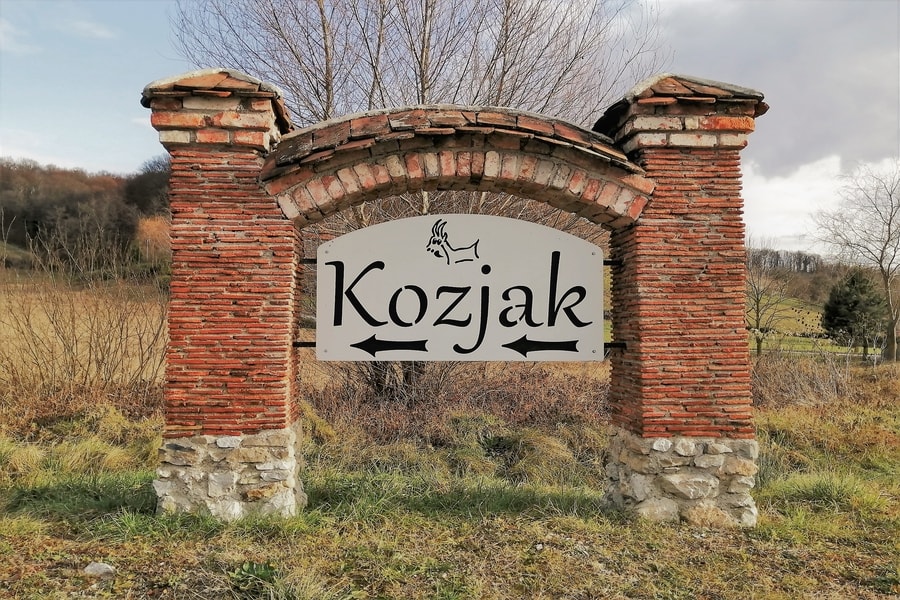

The hostel is located in the heart of Krapina, only 2 min to the main square. There is a bar and terrace. Rooms here will provide air conditioning and access to shared bathrooms with showers — there is also a shared, fully equipped kitchen where guests can prepare meals or enjoy breakfast. Also, there is a cafe bar beneath the hostel, in which walls are painted and decorated most creatively.

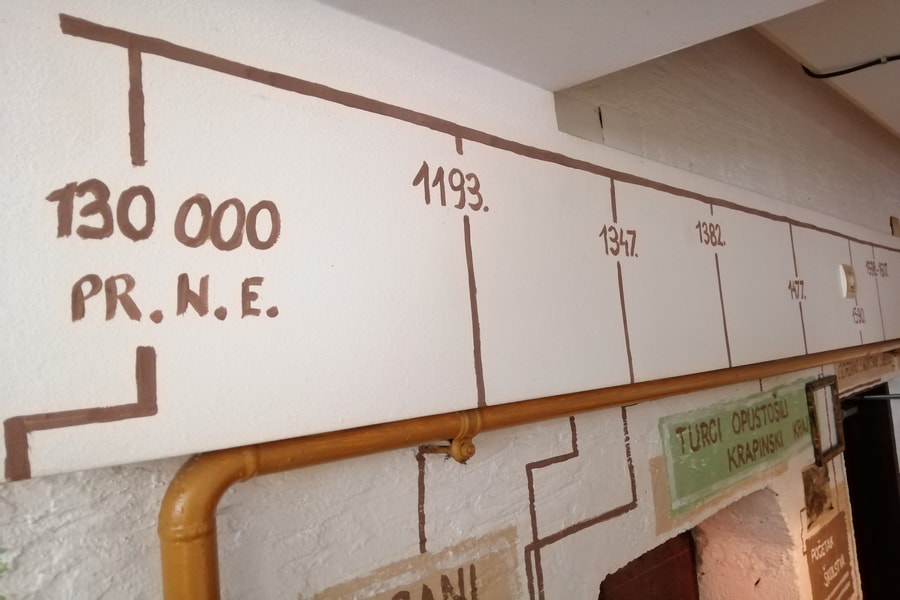
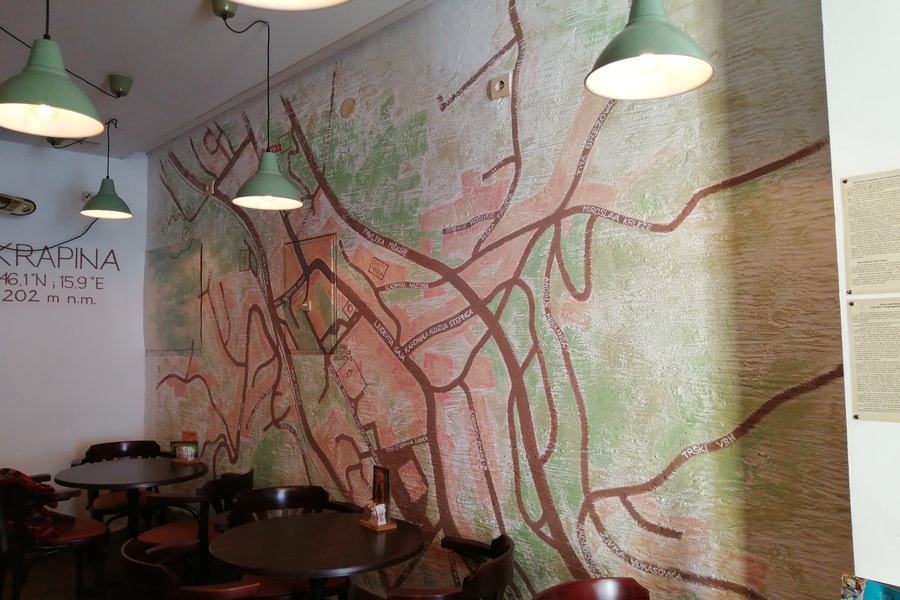
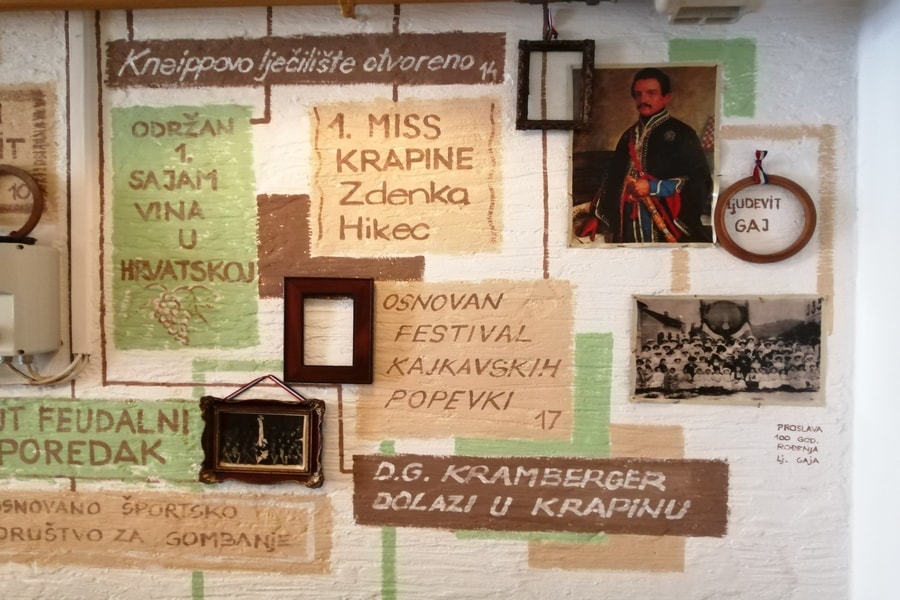
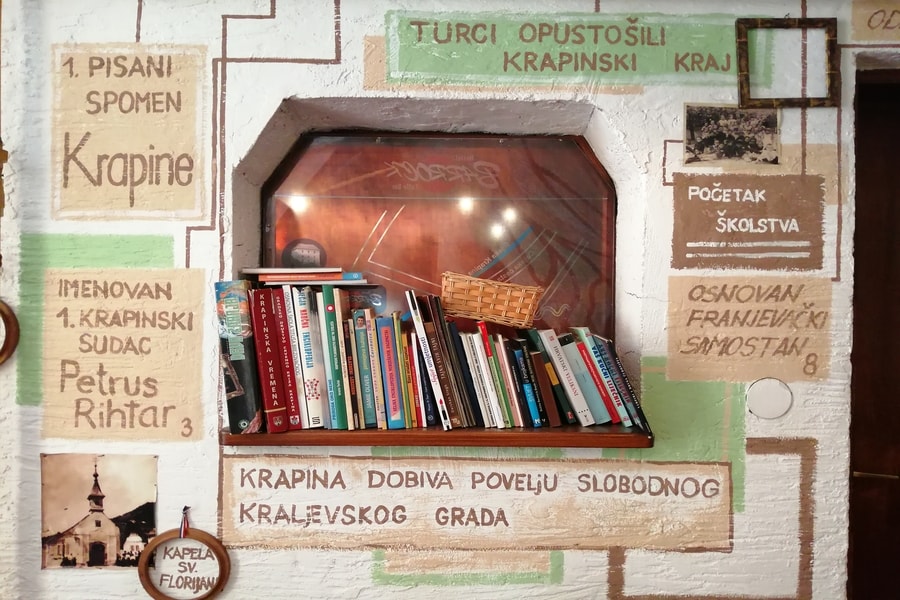
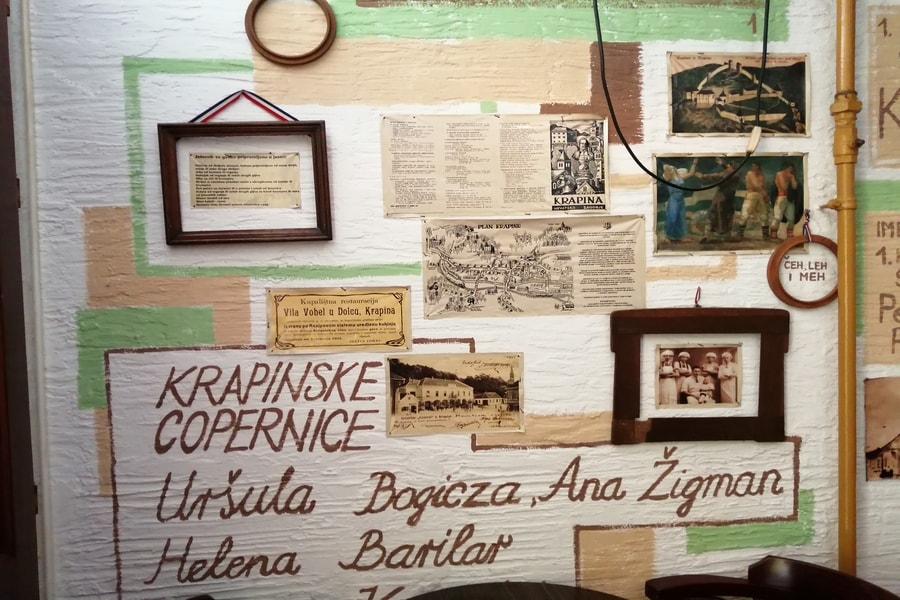
Where to eat
Even though Krapina is not a big city, there are plenty of places where you can enjoy tasty food. If you want to try delicacies of Zagorje or you are a loyal pizza fan, here you can do both. Check the list of restaurants in Krapina on TripAdvisor. We believe people don't lie there.
Top 5 day trips
Zagreb
It is only an hour away by car and 90 minutes by bus, so the Zagreb capital is an obvious choice for a day trip. We have covered the rich offer of this rising tourist destination in our Total Croatia guide to Zagreb.
Trakošćan
We don't want to be too subjective, but we really can't decide whether this castle is more stunning in summer or winter. This magnificent castle is only half an hour away from Krapina. Check out Paul Bradbury's impression of Trakošćan here.
Just a one-hour drive away is the former capital of the Republic of Croatia. If you are looking for a place where knights come alive and at the same time, you want to visit a bunch of great concerts, then the city of Varaždin in the summer is excellent for you. Špancirfest, Baroque evenings, remarkable cemetery and the most famous klipići await you!
Lepoglava
Only half an hour away, there is a city whose name literally means Beautiful Head. The lacework of the Lepoglava is listed on the UNESCO Intangible Heritage List. Of particular importance in the promotion of Lepoglava lace is the "International Lace Festivals". Furthermore, the Paulines founded the first public high school in Croatia in Lepoglava in 1582 and began their studies of philosophy and theology in 1656. The status of the first Croatian university of Lepoglava was given in 1674, and it is considered that about 75 doctoral theses were defended here. Besides that, in Lepoglava, you can find a dormant volcano, which is the only one ever to erupt in Croatia. A pretty big deal for such a small town, don't you think?
Marija Bistrica
The most famous and visited shrine of the Mother of God is the National Shrine of the Mother of God of Bistrica. It became a national sanctuary as early as 1715. From 1688 to 1786, 1109 miraculous events were recorded, which were confessed only after careful research and reliable witnesses. October 3, 1998, Pope John Paul II. visited Marija Bistrica and proclaimed the blessed the late Archbishop of Zagreb and pilgrim Cardinal Alojzije Stepinac.
---
In Krapinske Toplice takes place Magdalena - specialized Hospital for Cardio-Vascular Surgery and Cardiology. It is the first private hospital in the Republic of Croatia.
The Magdalena dispensaries carry out daily cardiac consultations, cardiac surgery, and anesthesiology consultations, as well as the control of pacemakers and internal defibrillators. The departments of Cardiology and Cardiovascular Surgery perform diagnostic and surgical procedures on the heart and blood vessels.

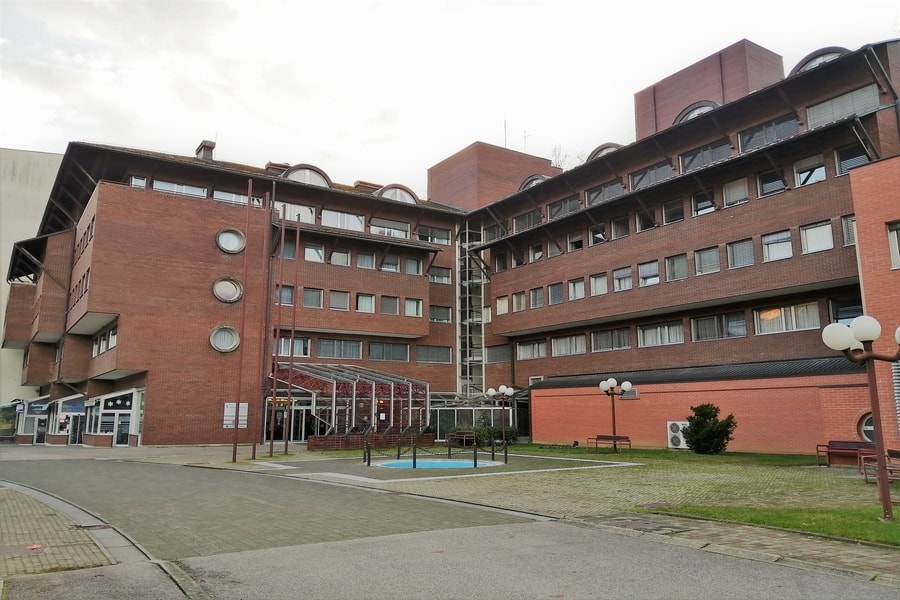
But now... Seven reasons why you should never visit Krapina:
People there live only 40 years, but yet they are so old
In the Krapina Neanderthals collection, the oldest person was 40 years old. For the most part, they were young people who died at just the age of 14.
A prehistoric man walked as far as 130,000 years ago in the Krapina area, at the very beginning of the great Ice Age. At that time, Europe was populated by only tens of thousands of people, while there were only about a thousand in the Pannonian Plain and surrounding areas. That is why the Krapina collection is a real "miracle" and, from a scientific point of view, a large "specimen" collected and presented to the world by Dragutin Gorjanović Kramberger at the Hušnjakovo site from 1899 to 1905. The most valuable part of the collection is about 3,000 paleoanthropological remains, more or less preserved human and animal bones and stone products.
They have a strange-looking jug with holes
You have to have the special power to drink from this jug. You have to manage to cover certain holes, so the wine doesn’t spill when drinking. Almost every house has it, so we assume they are not very generous when it comes to wine.
They hid their ponds
If you aren’t the inhabitant of Krapina, you won’t notice a secret lake in the woods. Yet there is a beautiful place to rest your mind and breathe fresh air. Hidden treasure finds place upon the city, counter then the Old City of Krapina. There is even a chance to learn something about history.
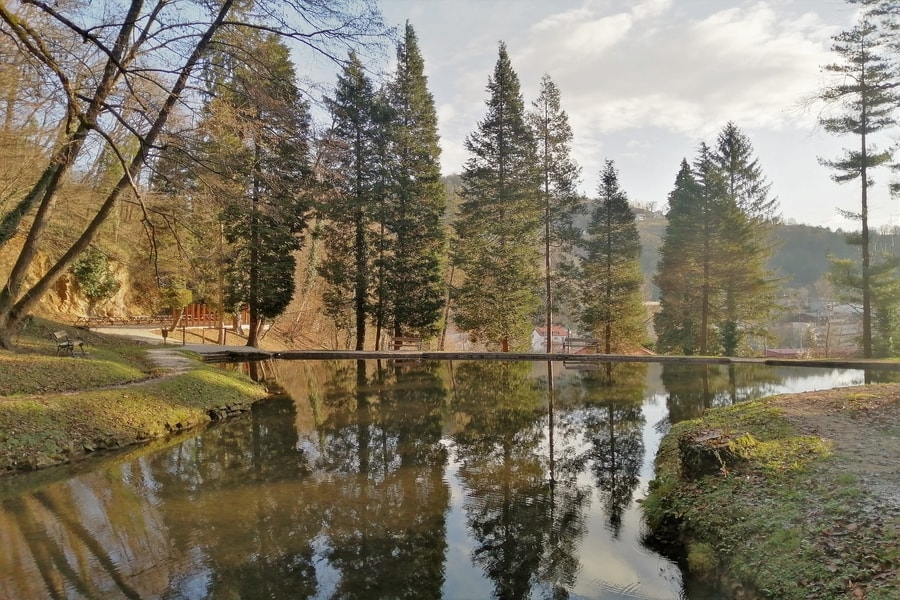
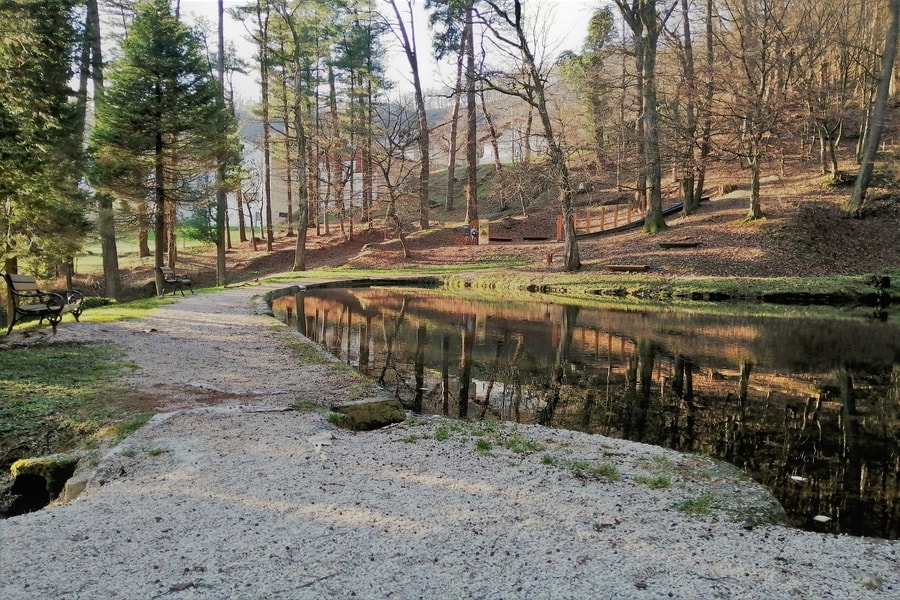
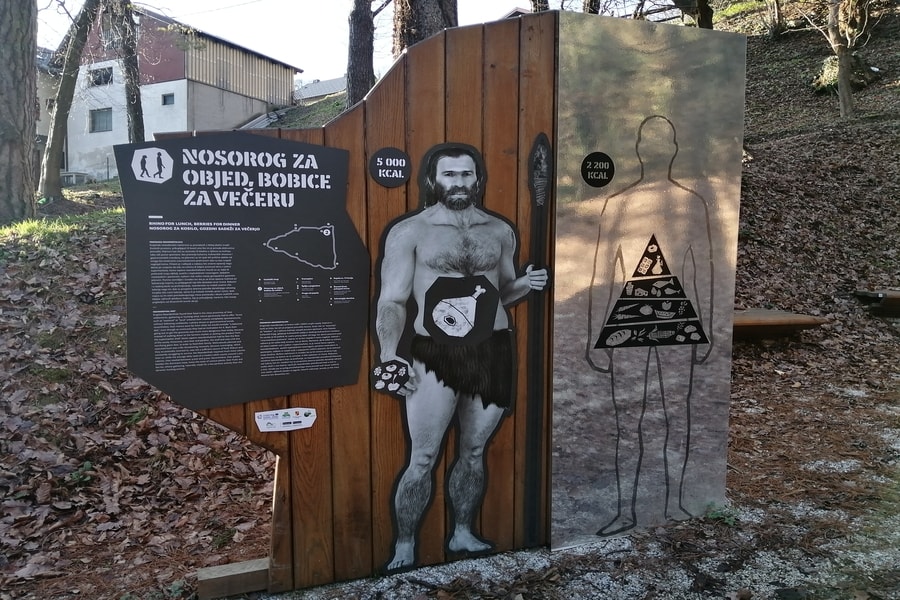


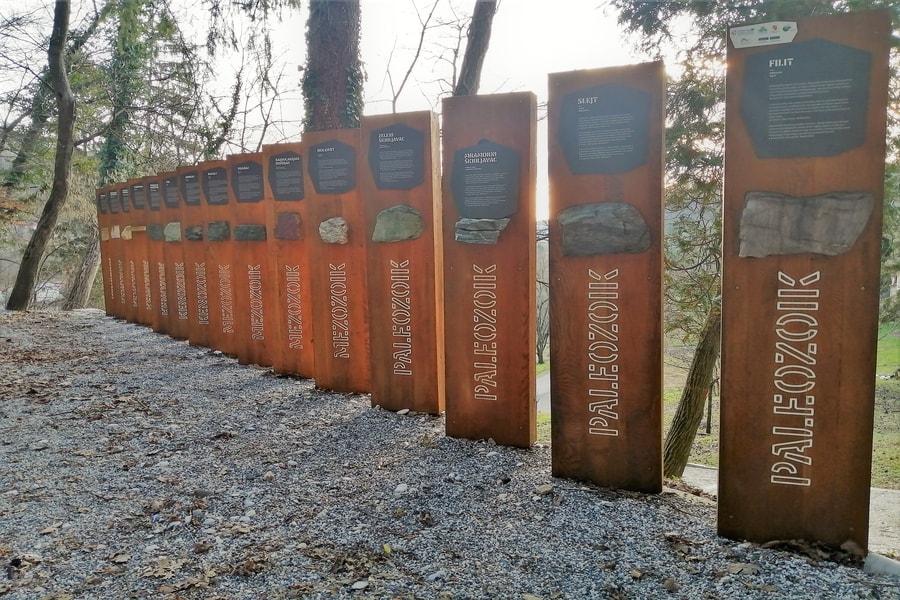
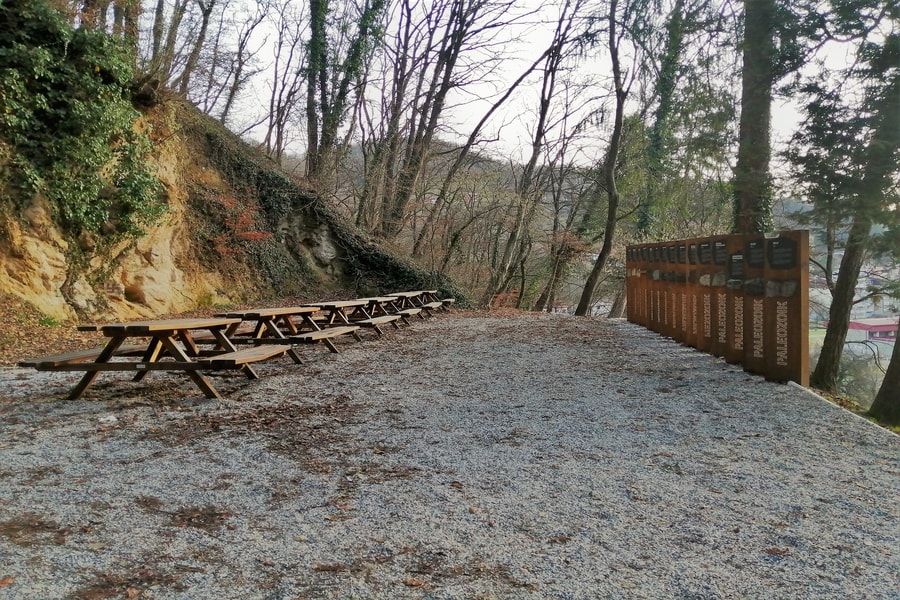
Ljudevit Gaj tells you how to write
The most famous person from Krapina is Ljudevit Gaj, for sure. In 1830, he wrote Kratka osnova horvatsko-slavenskoga pravopisanja. He sought to introduce a Latin script for each phoneme in the Croatian language. That’s why the Croatian alphabet is also called “Gajica”. That Gaj [guy] even has his museum and elementary school named after him.
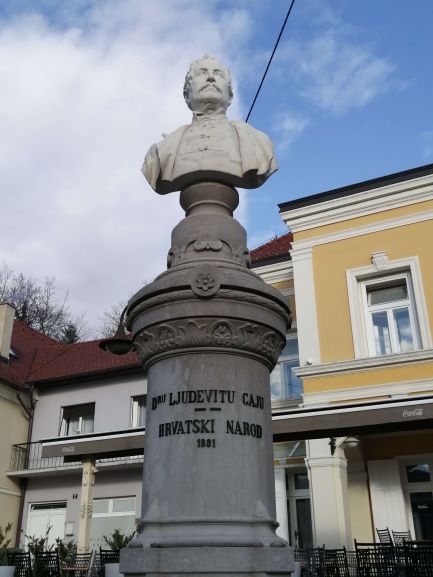
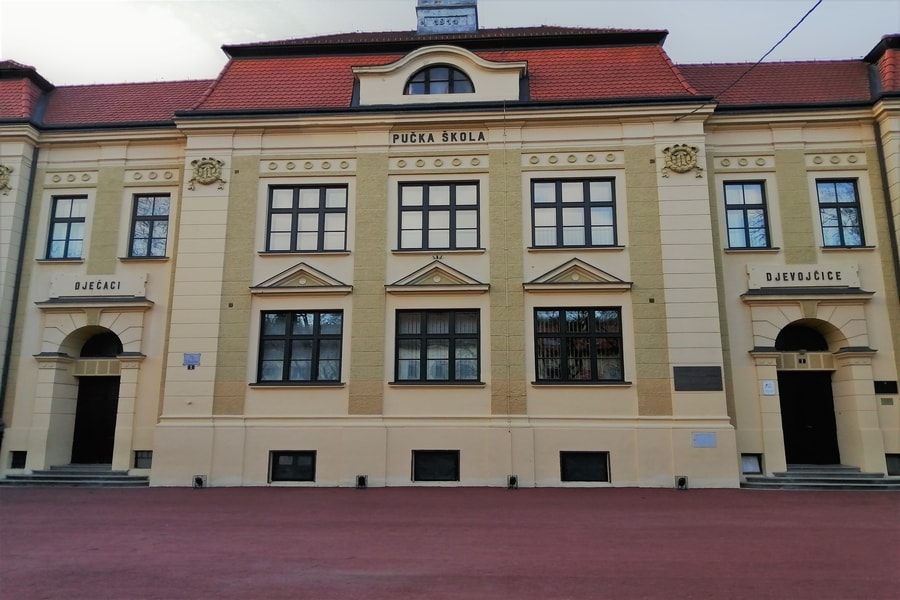
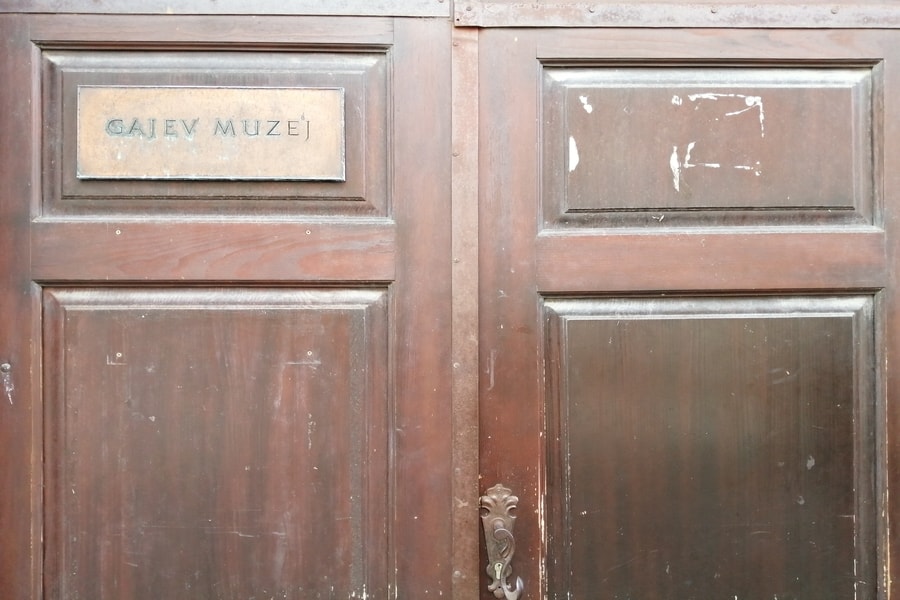
Driving there is dangerous due to weird paintings (of which one even has hair?)
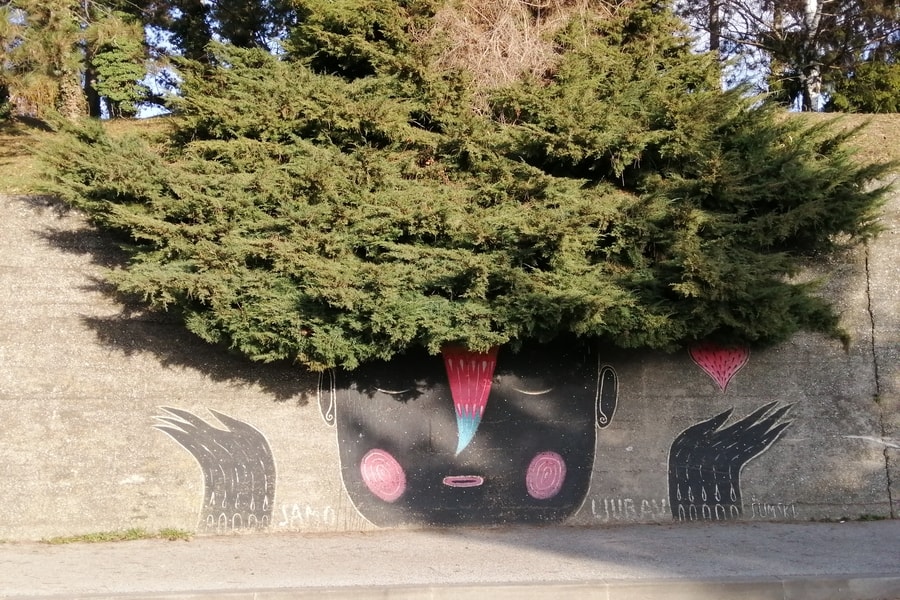
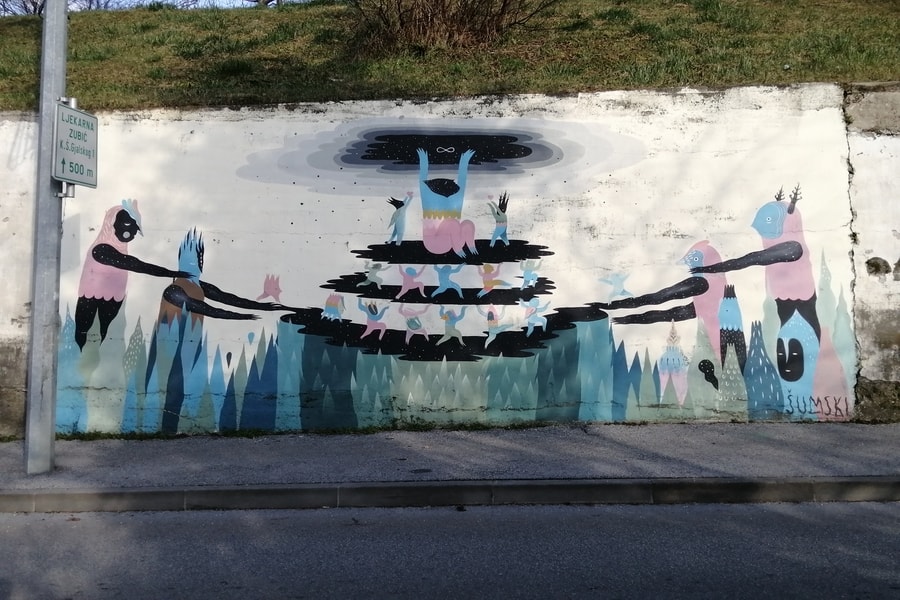
It was wise to put this mural along with the firefight station. Never careful enough with these neanderthals!
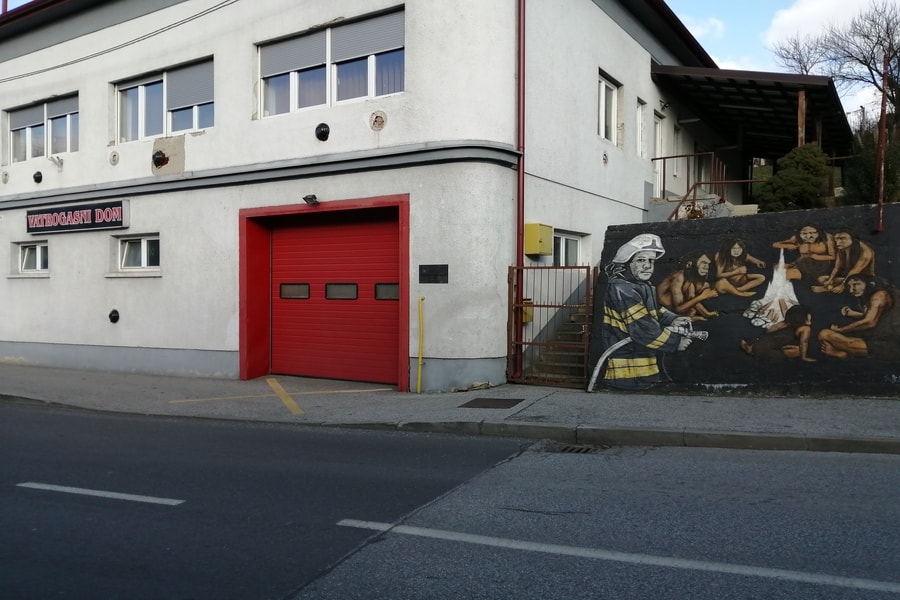
They built walls around the shopping center
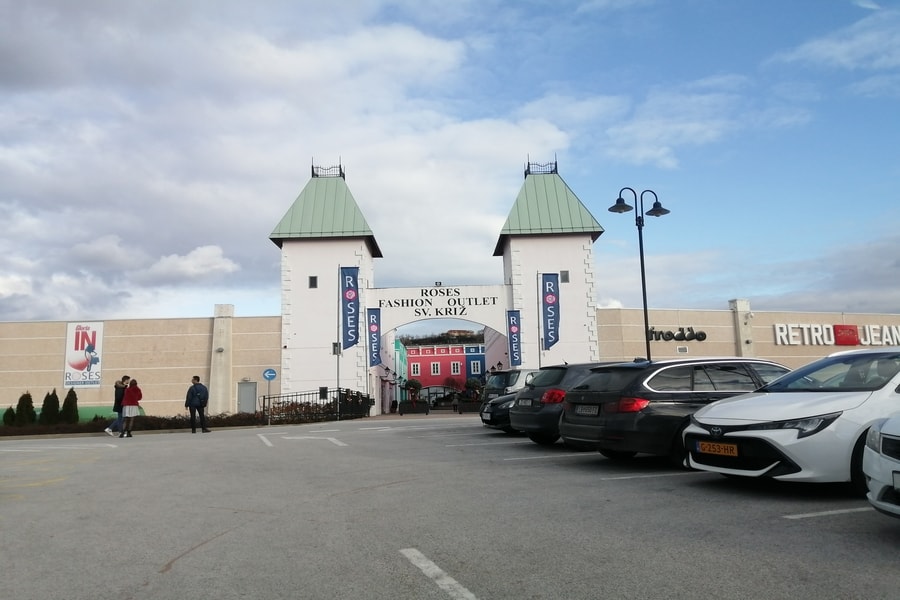
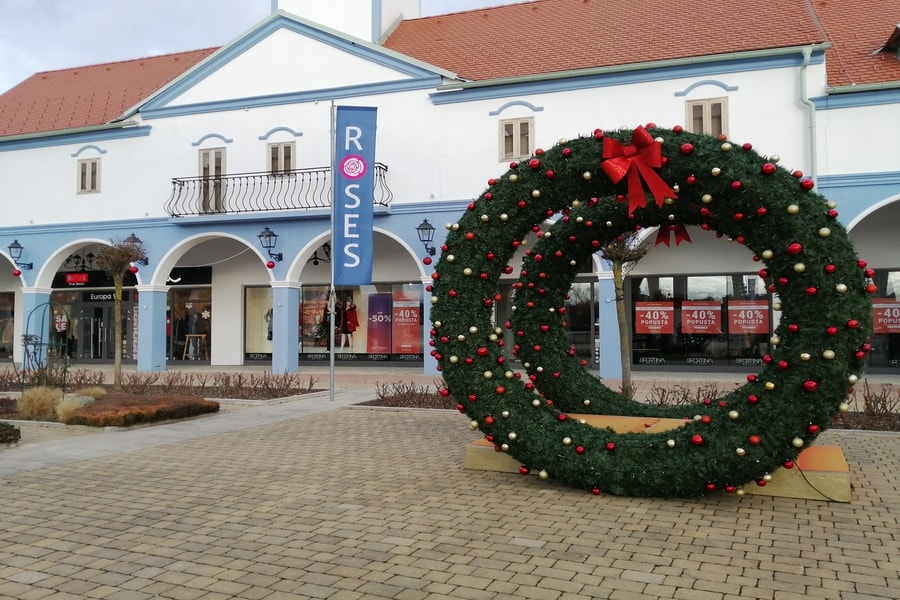

Or maybe this isn’t such a bad idea…
They don't have real animals, but wooden ones
The Forma prima sculpture park is a unique park of contemporary wooden outdoor sculptures in Croatia. It is a collection of more than 30 large-format sculptures signed by the most famous names of the world and local sculptors in the 1980s. The park has the property of cultural property and is entered in the Register of Cultural Property of the Republic of Croatia.
